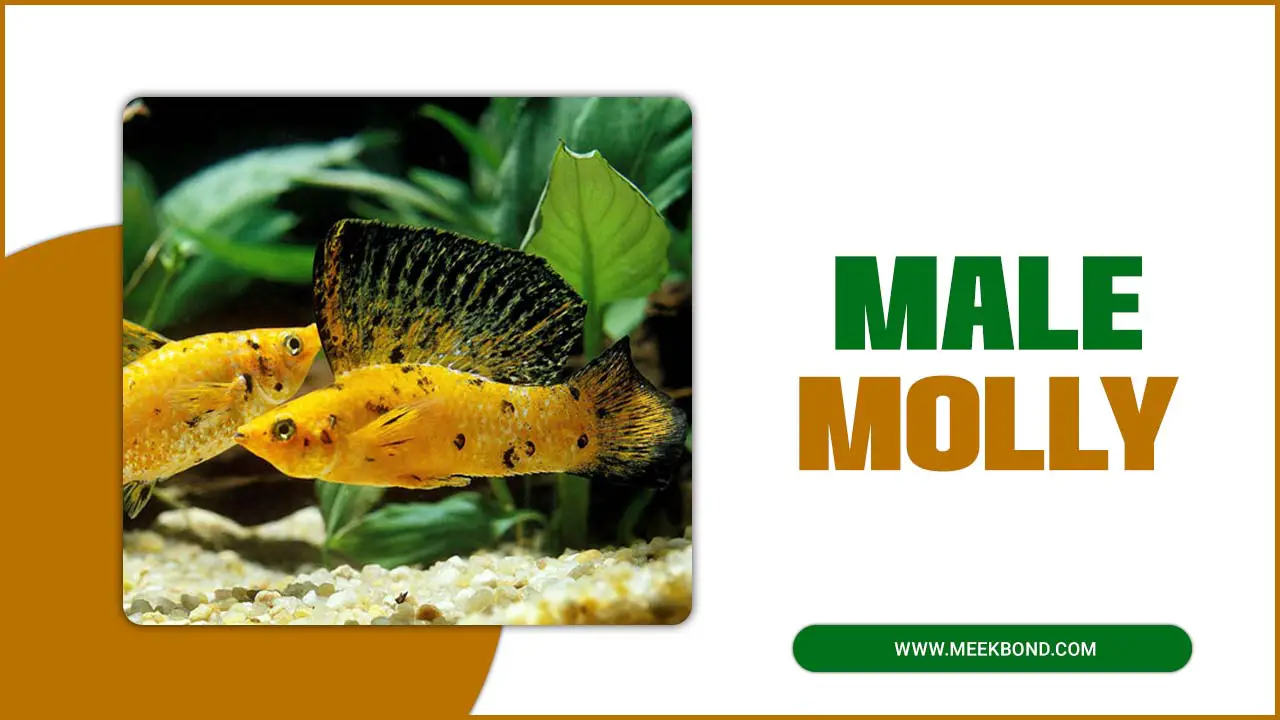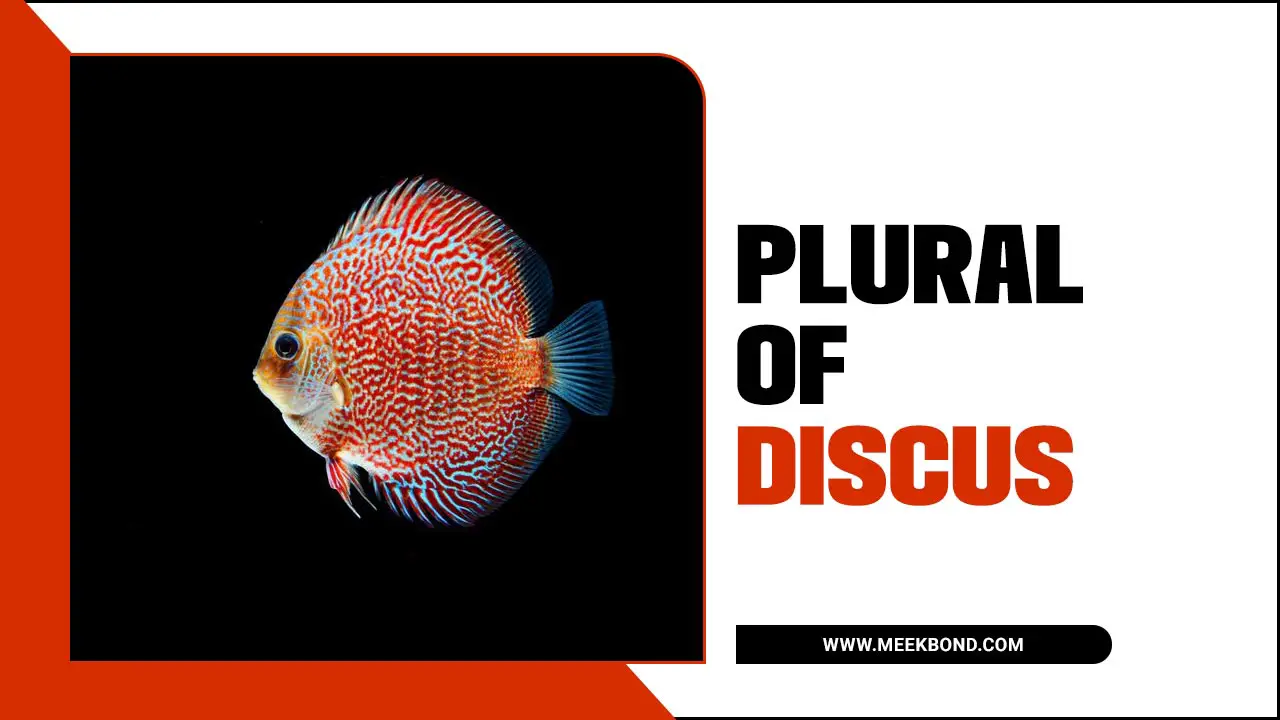Aquariums are a beautiful way to bring nature into your home, and sand aquariums are stunning. However, maintaining a clean and healthy environment for aquatic creatures can be challenging.
One of the most important components of your sand aquarium is the filter, which helps to remove debris. And waste from the water while promoting the growth of beneficial bacteria. But with so many different types and brands of filters on the market, how do you choose the right one for your aquarium? That’s where this guide comes in.
Here, we’ll provide all the information you need to choose the perfect filter for sand aquarium. We’ll discuss the different filters available, including hang-on-back and canister filters. And sump filters, and explain the pros and cons of each. We’ll also cover important considerations like filter size, flow rate, and media compatibility. And provide tips on maintaining your filter for optimal performance.
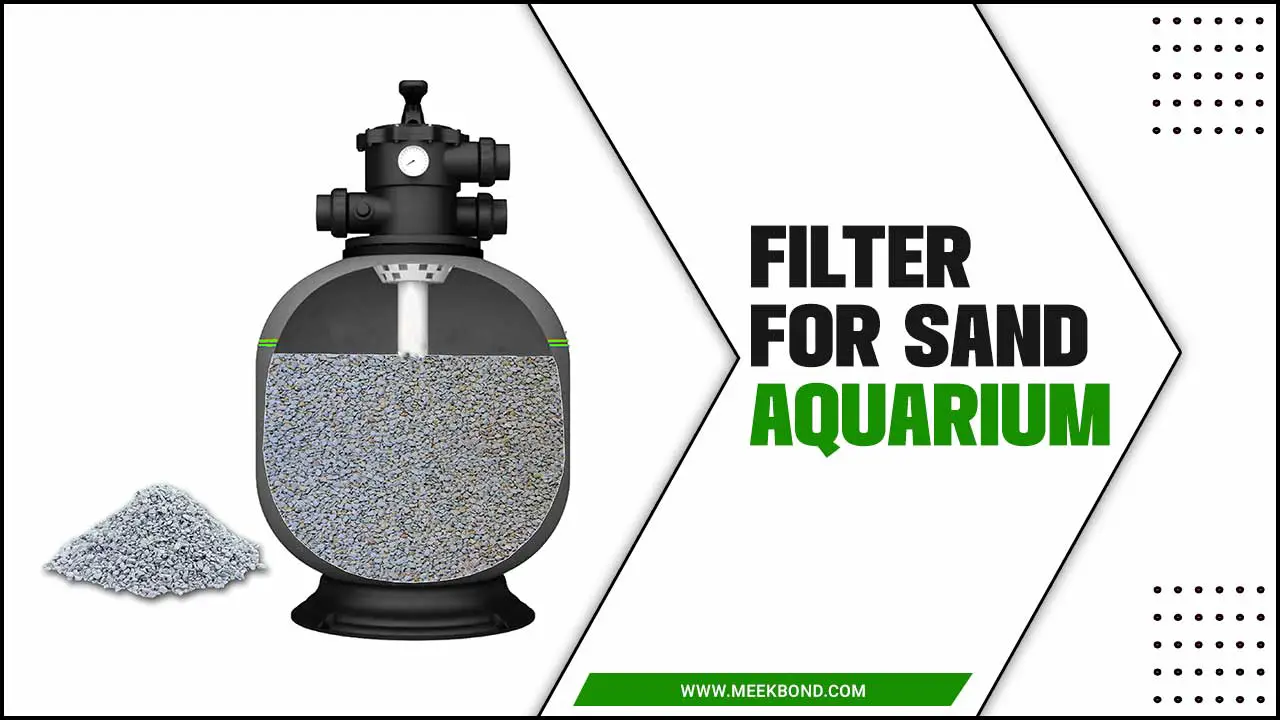
How To Choose The Filter For Sand Aquarium – Step By Step Simple Guide
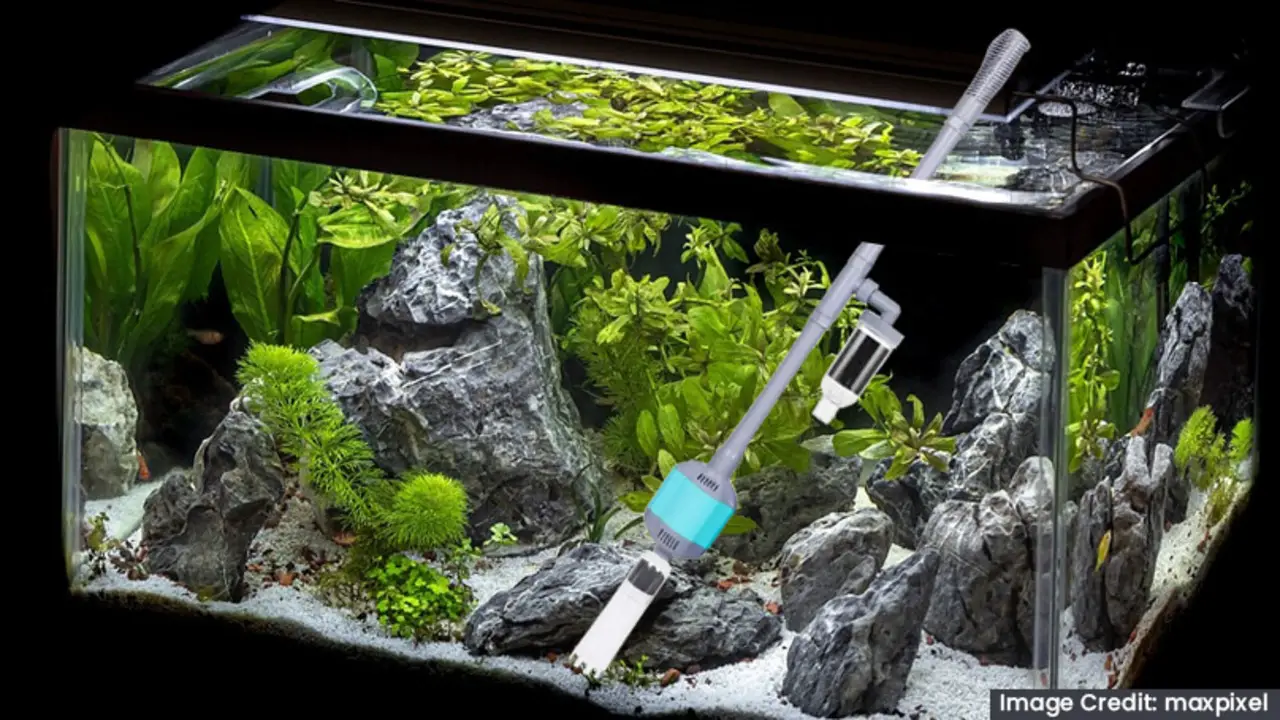
Aquarium fishkeeping is a popular hobby, but it requires some maintenance to ensure the aquatic environment is conducive to marine life. One of the essential pieces of equipment in maintaining an aquarium is a filter. Filters help to remove debris, excess food, and other organic matter that could contaminate the water and affect the health of the fish.
However, not all filters are suitable for an aquarium with sand substrate. Sand can easily clog the filter’s intake, reducing water flow and poor filtration. Therefore, choosing a filter specifically designed for a sand aquarium is essential. These filters come with a pre-filter sponge that prevents sand from entering the filter and clogging it up. Additionally, they have a powerful motor that provides enough suction to pull water through the sand substrate.
Tips For Choosing And Setting Up A Sand Aquarium Filter
It is important to consider the specific needs of your aquatic inhabitants and the size of your tank. A sand filter can effectively maintain water quality and reduce waste, but selecting the appropriate filter for sand aquarium and ensuring proper flow rates is crucial.
When setting up the filter, follow the manufacturer’s instructions carefully and regularly monitor water parameters to ensure optimal performance. Choosing the right sand aquarium filter is essential for maintaining a healthy and clean aquarium. Here are some tips for choosing and setting up a sand aquarium filter:
- Determine the size of your aquarium and choose an appropriate filter. Consider the type of fish you have and their waste output.
- Choose a filter with a flow rate suitable for your aquarium. The flow rate should be enough to turn over the entire volume of water in your aquarium at least once per hour.
- Look for a filter with mechanical, chemical, and biological filtration capabilities. This will ensure your aquarium water is clean and healthy for your fish.
- Consider the type of sand you have in your aquarium. Some filters are better suited for fine sand, while others are better for coarse sand.
- Once you have selected your filter, follow the manufacturer’s instructions for setting it up. Rinse the sand before adding it to your aquarium to remove debris or dust.
Types Of Filters Suitable For A Sand Aquarium
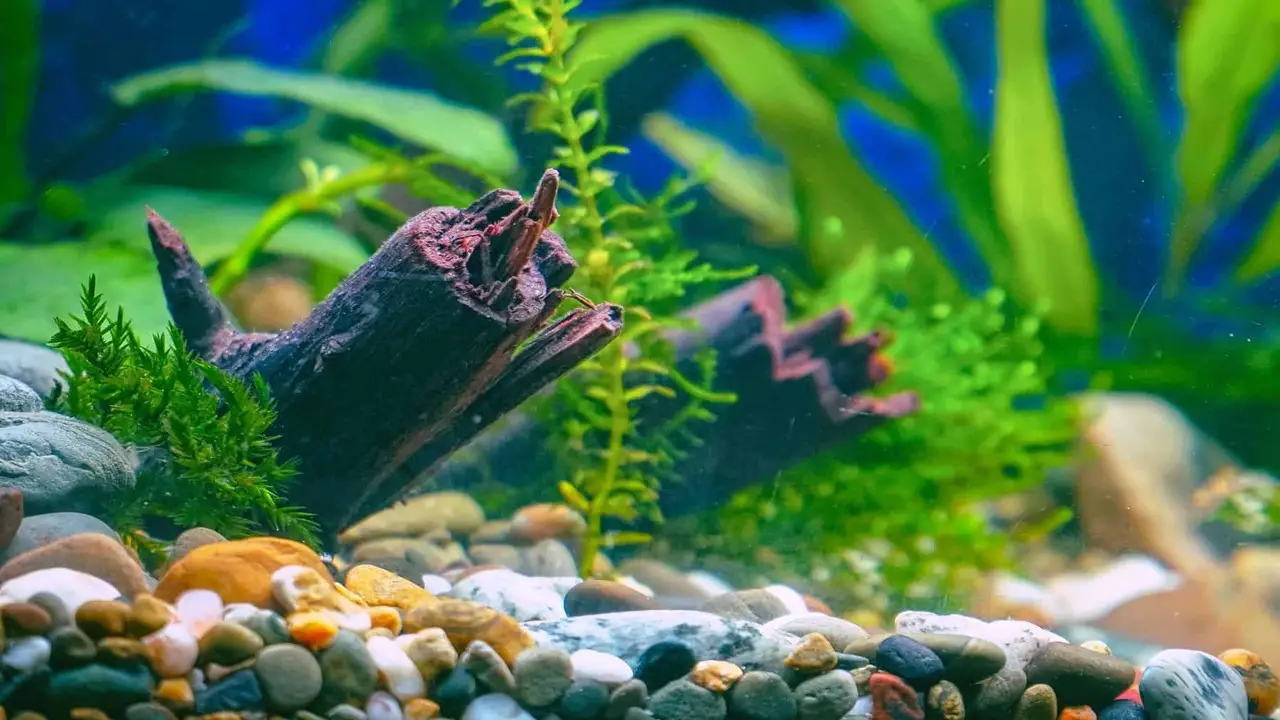
It is important to consider the unique requirements of this type of setup. Sand aquariums typically require a higher flow rate to prevent debris and waste from settling on the substrate. A hang-on-back filter or canister filter with a strong flow rate is recommended.
Choosing a filter that can handle the high levels of particulate matter that can accumulate in a sand aquarium is also important. Several types of filters are suitable for a sand aquarium. Some of the most common types include:
- Canister filters: These filters effectively remove debris and particles from the water. They are also easy to maintain and can be customized with different types of filter media.
- Power filters: These filters use a motor to circulate water through a filter cartridge. They are easy to install and maintain and can effectively remove debris and particles from the water.
- Hang-on-back filters: These filters hang on the back of the aquarium and use a motor to circulate water through a filter cartridge. They are easy to install and maintain and can effectively remove debris and particles from the water.
- Undergravel filters: These filters are installed beneath the sand in the aquarium and use a system of tubes to circulate water through the sand. They are effective at removing debris and particles from the water, but they can be difficult to maintain
Mechanical Filtration In Sand Aquarium Filters
Mechanical filtration in sand aquarium filters means removing solid debris and waste particles from aquarium water using a mechanical filter. Sand filters in aquariums use a sand bed as the filter medium, which traps and removes debris from the water as it passes through the filter. The sand bed acts as a mechanical filter, capturing and removing particles and debris to a certain size.
The sand bed is periodically cleaned by backwashing, which dislodges and removes the trapped debris. Mechanical filtration is an important part of aquarium maintenance, as it helps to prevent the buildup of waste and other harmful substances in the water, which can be detrimental to the health of aquatic life.
Biological Filtration In Sand Aquarium Filters
Biological filtration in sand aquarium filters is a process that involves the use of beneficial bacteria to break down waste and debris in an aquarium. Sand filters provide a large surface area for these bacteria’s growth, which helps maintain a healthy and balanced aquatic environment.
The bacteria in sand filters convert harmful ammonia and nitrite compounds into less harmful nitrate, which is then absorbed by plants or removed through water changes. Sand filters are effective for freshwater and saltwater aquariums and are popular among hobbyists due to their ease of maintenance and effectiveness.
Chemical Filtration In Sand Aquarium Filters
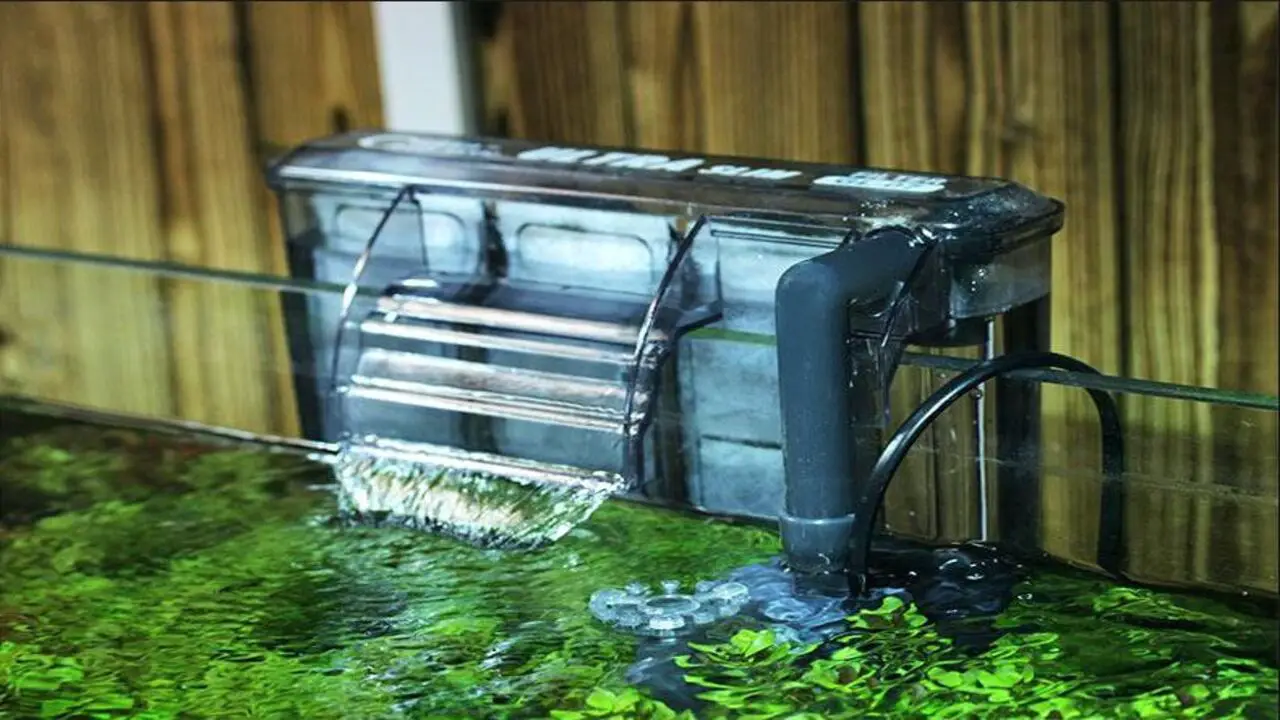
Chemical filtration in sand aquarium filters is the process of removing impurities and unwanted substances from the water in an aquarium using a chemical filter media. Sand aquarium filters provide a substrate for beneficial bacteria to grow on, which helps break down waste and other organic matter in the water.
However, chemical filtration is also necessary to remove dissolved impurities such as chlorine, ammonia, nitrate, and phosphate, which can harm fish and other aquatic life. The chemical filter media used in sand aquarium filters typically includes activated carbon, zeolites, and ion exchange resins, which work by adsorbing or exchanging ions and other molecules from the water.
It is important to replace the chemical filter media periodically to ensure the filter works effectively to maintain a healthy and clean aquatic environment.
Maintenance And Cleaning Of Sand Aquarium Filters
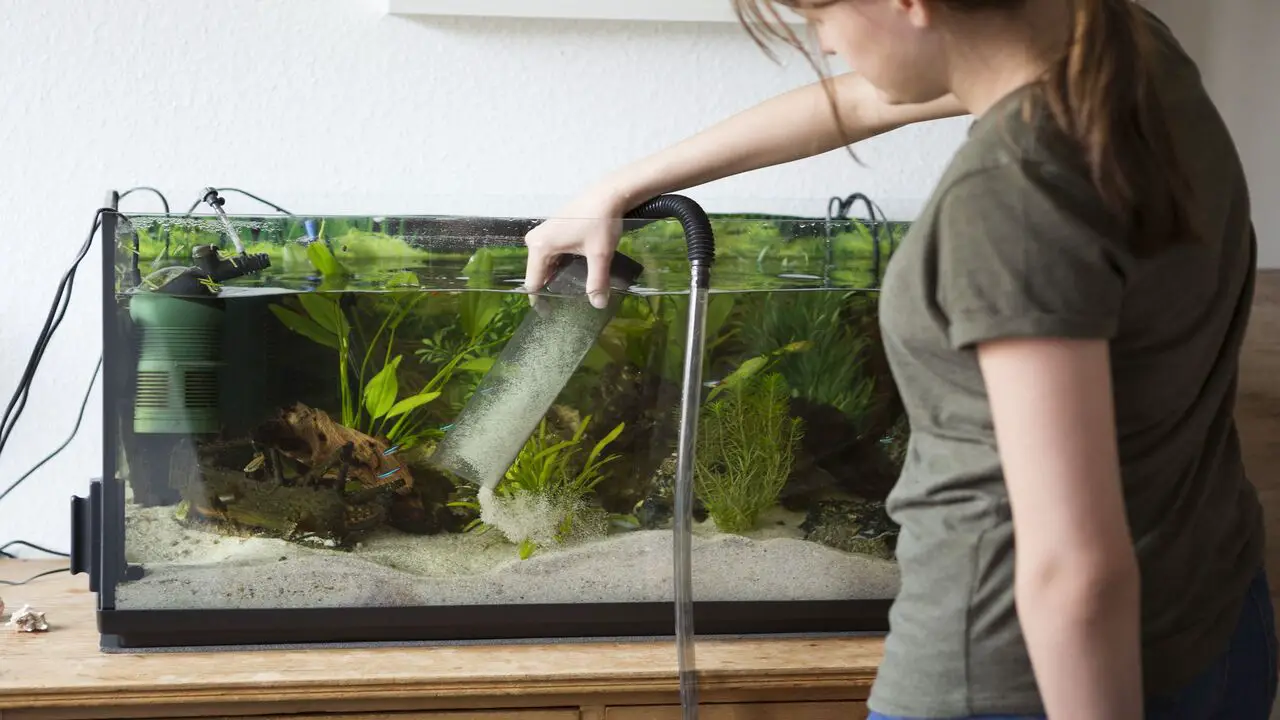
Sand aquarium filters are popular among enthusiasts as they effectively remove debris and waste from the water. However, they require regular maintenance and cleaning to ensure optimal performance. Here are some tips for maintaining and cleaning your sand aquarium filter:
- Check the filter regularly: It is important to check it regularly to ensure it works properly. If you notice any changes in the flow rate or if the water appears cloudy, it may be time to clean the filter.
- Clean the filter media: To clean the filter media, first, remove it from the filter and rinse it with clean water to remove any debris or waste. If the media is heavily soiled, it may require soaking in a mixture of water and aquarium-safe cleaner before rinsing.
- Clean the filter housing: The filter housing should also be cleaned regularly to remove debris or algae buildup. Use a soft-bristled brush or sponge to gently scrub the housing, carefully not to damage any parts.
Common Problems With Sand Aquarium Filters And How To Solve Them
Common problems with sand aquarium filters include clogging, channeling, and sand blowing into the tank. Clogging can occur when too much debris accumulates in the filter, reducing water flow. Channeling occurs when water flows through the filter in an uneven pattern, bypassing areas of sand and reducing filtration efficiency.
Sand blowing into the tank can happen if the filter is improperly secured or too fine sand is used. To solve these problems, it is important to clean the filter regularly to prevent clogging. Backwashing the filter can also help to remove debris and prevent channeling. Using coarser sand can help prevent sand from blowing into the tank, and ensuring that the filter is properly installed and secured can also help prevent this problem.
Importance Of Choosing The Right Filter For A Sand Aquarium
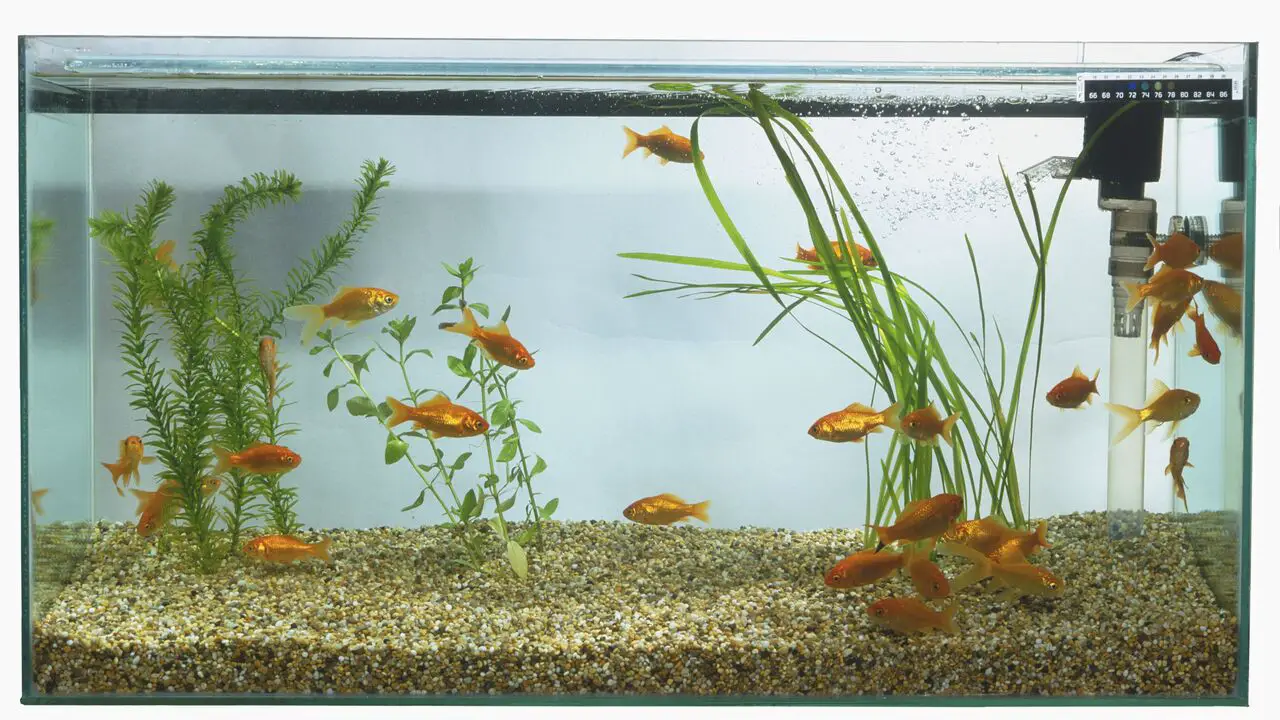
Choosing the right filter for a sand aquarium is crucial for several reasons. Sand is a popular substrate choice in aquariums, but it can pose unique challenges regarding filtration. Using the wrong type of filter could harm the sand bed and negatively impact the health of the fish and other aquatic life in the tank.
Sand can be easily stirred and settled in the filter, leading to clogs and decreased filtration efficiency. This can result in poor water quality, increasing ammonia and nitrate levels, algae growth, and fish stress. Choosing a filter with a fine mechanical filtration system and a strong flow rate can help prevent these issues.
Sand provides a home for beneficial bacteria that help break down waste in the aquarium. If the wrong filter is handy, it could disrupt this delicate ecosystem, leading to poor water quality and harming the fish and other organisms in the tank. Choosing a filter with a biological
Conclusion
With the right filter for sand aquarium, you can keep your underwater world clean and clear. And healthy for your fish and other aquatic creatures. From hang-on-back filters to canister filters, there are plenty of options. You can enjoy a beautiful and vibrant aquarium with the right filter without worrying about harmful toxins or unsightly debris.
When maintaining a healthy aquarium, having a good filtration system is essential. Sand filter is one of the types of filters that many aquarium enthusiasts recommend. These filters are specifically handy to remove waste and debris from the aquarium water while also helping to create a natural environment for your fish and other aquatic pets.
FAQs:
What Type Of Sand Filter Is Best For An Aquarium?
A canister filter is typically the best sand filter for an aquarium, as it can effectively remove debris. And waste from the water while also providing mechanical, chemical, and biological filtration.
How Often Should I Clean The Sand Filter In My Aquarium?
The frequency of cleaning may depend on the size of the aquarium, the number of fish, and the amount of waste produced. If you notice a decrease in water flow or the water quality deteriorating, it may be necessary to clean the sand filter more frequently.
Can I Use Any Type Of Sand In My Aquarium Filter?
Using any sand in your aquarium filter is not recommended. Aquarium sand should be specifically designed for aquariums as they are free of harmful chemicals and contaminants that can harm aquatic life. Using any other type of sand may lead to water cloudiness, changes in pH levels, and harmful effects on your fish and other aquatic animals.
What Is The Ideal Flow Rate For A Sand Filter In An Aquarium?
The ideal flow rate for a sand filter in an aquarium is approximately 2-3 times the volume of the aquarium per hour. For example, a 50-gallon aquarium would require a sand filter with a flow rate of 100-150 gallons per hour. However, following the manufacturer’s recommendations for your specific sand filter model is important.
How Do I Troubleshoot Common Issues With Sand Filters In Aquariums?
Several common issues can arise with sand filters in aquariums, and here are some troubleshooting steps:
1.Low water flow
2.Dirty water
3.Noisy filter

Aquarium passion is all about connecting with the aquatic life and providing education to the public on the importance of these creatures. We showcase a wide variety of marine life through our exhibits as well as working with schools to provide unique learning opportunities for students of all ages.

